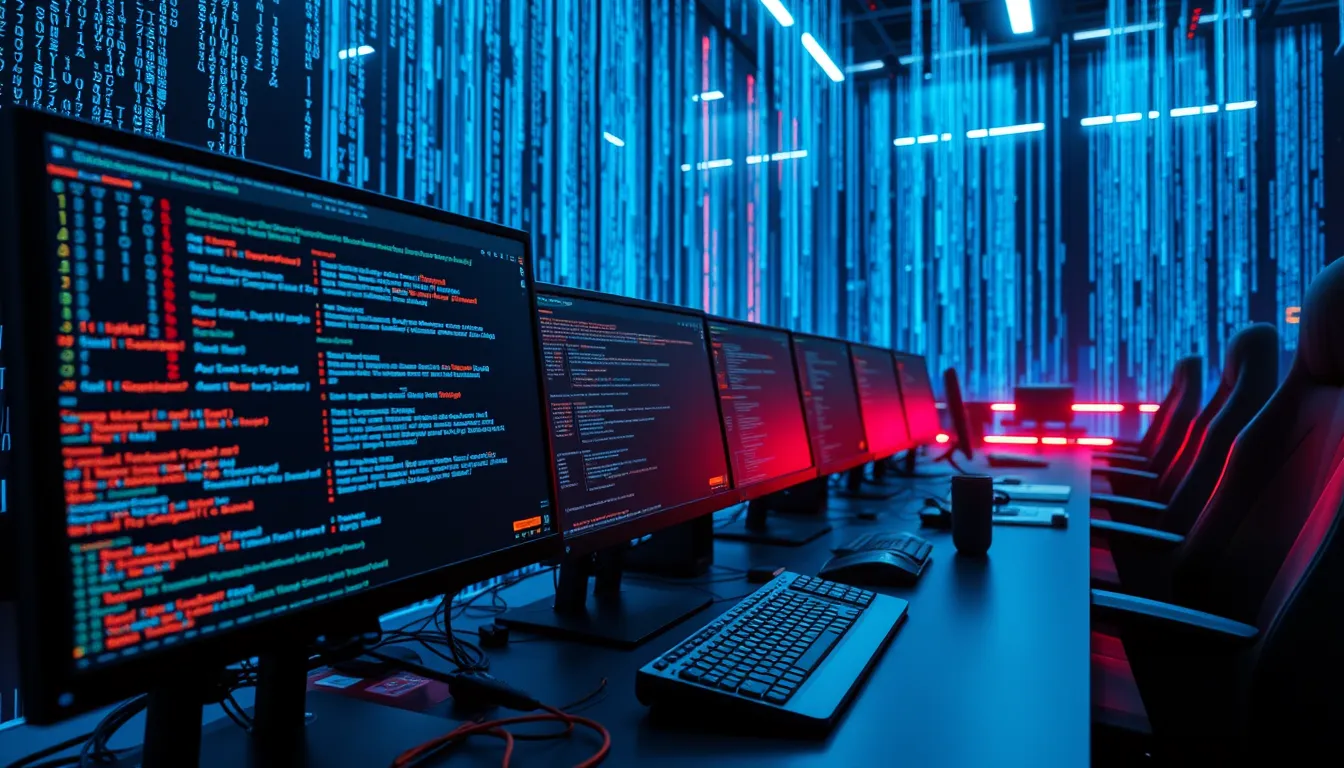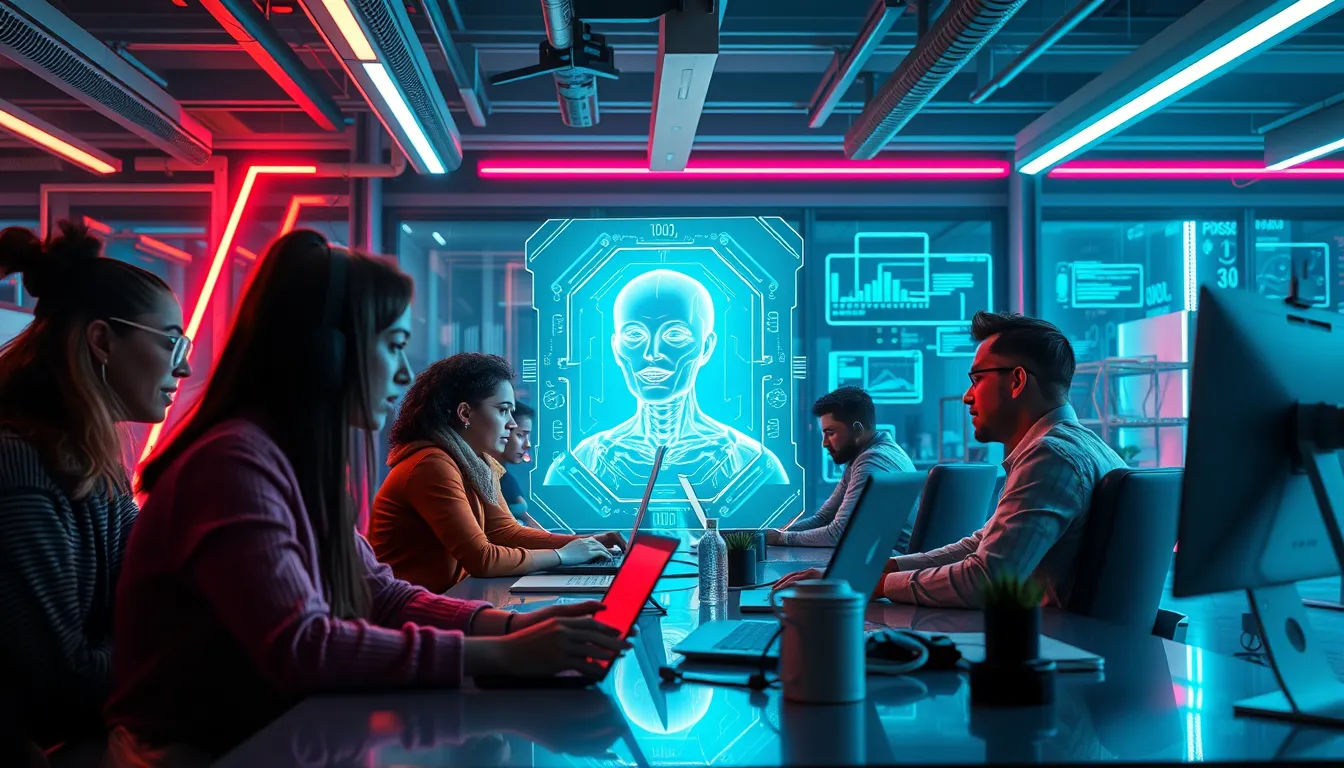Now Reading: Almost Right AI Code: Boosting Developer Productivity
-
01
Almost Right AI Code: Boosting Developer Productivity
Almost Right AI Code: Boosting Developer Productivity

Almost Right AI Code: Boosting Developer Productivity
Introduction
In today’s fast-paced tech environment, almost right AI code has become a significant talking point among developers. While AI-driven coding tools promise enhanced efficiency and rapid development, even subtle inaccuracies can lead to a hidden productivity tax. This article explores the impact of almost right AI code on developer productivity, provides expert insights from a recent Stack Overflow AI study, and offers recommendations to manage and mitigate these minor code inaccuracies.
The Hidden Productivity Tax of AI-Generated Code
Recent analysis of extensive Stack Overflow data has revealed that the hidden productivity tax of AI-generated code is a real concern. Developers are increasingly leaning on AI for generating code snippets, yet even small errors require human oversight. This oversight can significantly reduce the time saved by automation. Key findings include:
- Extra time spent debugging to fix minor errors
- Increased effort in performing code reviews and modifications
- Higher potential for bugs impacting production quality
While AI tools provide quick solutions, the hidden cost is evident when almost right AI code forces developers to engage in detailed, manual debugging. In many cases, the impact of almost right AI code on developer productivity can negate the initial efficiency gains promised by these tools.
Diving Deeper: AI Code Debugging and Managing Inaccuracies
When discussing AI code debugging, it is essential to understand that no automated system is perfect. Minor code inaccuracies can stem from several factors, including limitations in AI training data and the inherent complexity of programming. The debugging process for almost right AI code typically involves:
- Detailed code reviews
- Incremental testing of AI-generated code
- Proactive identification and fixing of subtle errors
The added time for these steps can create a bottleneck in efficient software development, emphasizing the need for robust human oversight in AI coding. Keeping an eye on code inaccuracies ensures that developers maintain a balance between rapid development and ensuring code reliability.
Best Practices for Integrating AI and Human Oversight
To minimize the impact of almost right AI code, several best practices can be adopted:
- Embrace a hybrid approach: Combine the speed of AI with the precision of human expertise.
- Establish strict code review protocols: A dedicated team reviewing AI-generated code can catch errors early.
- Invest in continuous learning and adaptation: As AI tools evolve, so should the processes that monitor their outputs.
These strategies not only address the visible shortcomings of AI coding but also help in managing minor AI code inaccuracies. By doing so, organizations can leverage the benefits of advanced technology while avoiding the pitfalls of hidden productivity taxes.
Impact on Developer Productivity and Industry Insights
The impact of almost right AI code on developer productivity is multifaceted. Developers must navigate a landscape where the allure of rapid AI-generated code is tempered by the underlying necessity of human validation. The following points highlight key impacts:
- Extra developer hours: Shortcomings in AI outputs lead to longer work sessions aimed at code debugging and refinement.
- Increased stress on development teams: Tight deadlines mean that even minor delays can compound into significant productivity losses.
- A call for innovation: The gap between AI potential and real-world application drives the need for smarter, self-correcting AI technologies.
Experts from the recent Stack Overflow AI study have also noted that successful integration of human and AI efforts in software development is crucial. The study recommends enhanced vigilance in managing the errors that arise from AI-generated code. They advocate for a balanced approach that leverages AI for quick prototyping while never sidelining the critical role of human oversight.
Future Trends and Recommendations
Looking forward, the development community is likely to see improved mechanisms for AI code debugging and error correction. Predictions include:
- More advanced AI models: Future iterations may include self-assessment features to detect and correct their own errors.
- Enhanced debugging tools: New tools may streamline the process for identifying the hidden productivity tax of AI-generated code, further enhancing team efficiency.
- Greater reliance on hybrid models: Combining automated and human processes will continue to be a key theme in ensuring optimal outputs.
In summary, while almost right AI code presents challenges, it also offers an opportunity for the programming community to refine how code is generated. The focus should be on harnessing the speed of AI while ensuring that any inaccuracies are effectively managed through robust human oversight.
Conclusion
The dialogue around almost right AI code is a critical one for modern software development. As AI continues to drive innovative solutions, it is essential for developers to remain vigilant about potential pitfalls. By balancing AI assistance with meticulous human oversight, companies can boost productivity, reduce hidden costs, and ultimately deliver reliable, high-quality software. The journey towards perfect integration of AI in coding is ongoing, but a thoughtful approach today can pave the way for more advanced, error-resistant systems tomorrow.

























